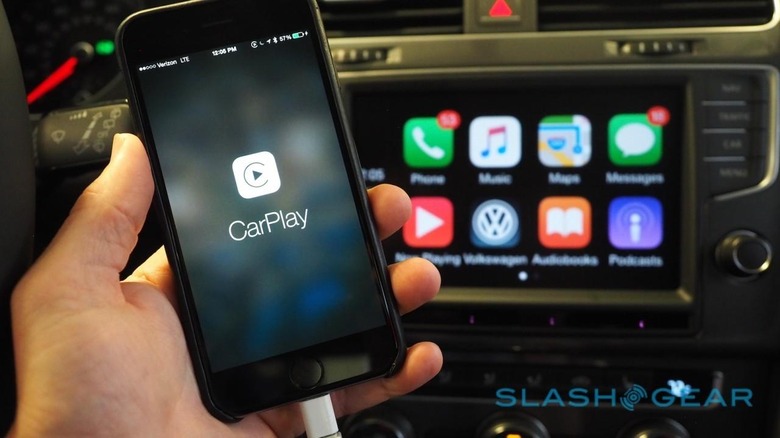Apple's Latest Lawsuit Proves You Just Can't Please Everyone
Apple finds itself the subject of a road safety lawsuit, facing demands to lock down the iPhone to prevent drivers from texting or other distractions while on the road. The case, Julio Ceja v. Apple Inc., was filed this week in the Los Angeles County Superior Court, and accuses the Cupertino firm of putting "profit before consumer safety" by continuing to allow the potentially dangerous practice. If it won't change iOS, the lawyers say, Apple should be made to cease sales of the iPhone in California altogether.
Driver distraction is undoubtedly a serious issue, though smartphones alone aren't the sole problem. The National Highway Traffic Safety Administration (NHTSA) has been investigating it – and potential ways to keep drivers focused on the wheel not on their Facebook notifications – for years now, putting into place various guidelines for what in-car tech should, and shouldn't, present to those inside. Back in 2013, the Administration pushed for car systems that blocked texting and other phone distractions outright.
However, the issue has been muddied with uncertainty about what, exactly, presents a distraction and what might help. Traditionally, hands-free systems were seen as preferable, but research in 2013 suggested that in fact they could be just as bad. Systems like Apple's own CarPlay and Android Auto, meanwhile, along with other voice-controlled interfaces presented by car companies as being less intrusive were demonstrated to actually present a significant distraction themselves in later research.
Most recently, the NHTSA released a set of guidelines on driver distraction for portable and aftermarket devices. Though compliance is still not legally required, the recommendations – which affect iOS and Android devices among other things – include a so-called "Driver Mode" which, when a smartphone is connected to the car, would present a limited subset of simple-to-use features intended to minimize just how much attention would be required. Calls would be permitted, for instance, though only from favorites and preset speed-dials; you'd be able to see a moving navigation map, but not a video.

The NHTSA's recommendations fell short of mandating an automatic switch into Driver Mode, at least with the current abilities of such technology. "NHTSA has learned that technologies to detect whether a driver or passenger is using a device have been developed," the agency said, "but are currently being refined such that they can reliably detect whether the device user is the driver or a passenger and are not overly annoying and impractical." Instead, the phone's owner would be responsible for making the switch, most likely by connecting the handset to the car's native infotainment system.
What it did say, though, is that following such a connection, systems like CarPlay and Android Auto should prevent people from using the phone itself. Currently, you can project CarPlay onto the in-dash display but still access all your other apps through the iPhone; under the NHTSA guidelines, that would not be permitted. It's a point on which the lawsuit filed this week by MLG Automotive Law agrees.
It points to a 2014 Apple patent – filed back in 2008, and embedded below – for automatically disabling a device when it's in a moving vehicle. At the time, Apple suggested a variety of methods by which that could be achieved, including spotting physical movement and analyzing passing scenery, or by communicating with a wireless car key. According to the lawsuit, Apple opts not to implement such a system primarily because it fears it would lose market share, since other smartphone manufacturers don't have their own version.
We've reached out to Apple for a comment, and will update with any statement they provide. In a similar driver distraction case back in 2015, the company suggested that it was the responsibility of the user to resist the lure of checking their phone while on the road, and highlighted features like "Do Not Disturb" and silent mode as potential aids to doing so.
The lingering problem, of course, is that CarPlay is, on its own, fairly limited in functionality. If you're not a fan of Apple Maps, or one of the small number of music services which has a CarPlay-compatible app, or if you prefer to use Google Voice or another service instead of the native iOS phone client, there's no way to access them through the CarPlay interface. For every person who wants Apple to clamp down on iPhone use while driving, there are others who would refuse to give up the flexibility of using whatever their preferred app or service is.
VIA MacRumors
MORE MLG Automotive Law [pdf link]
